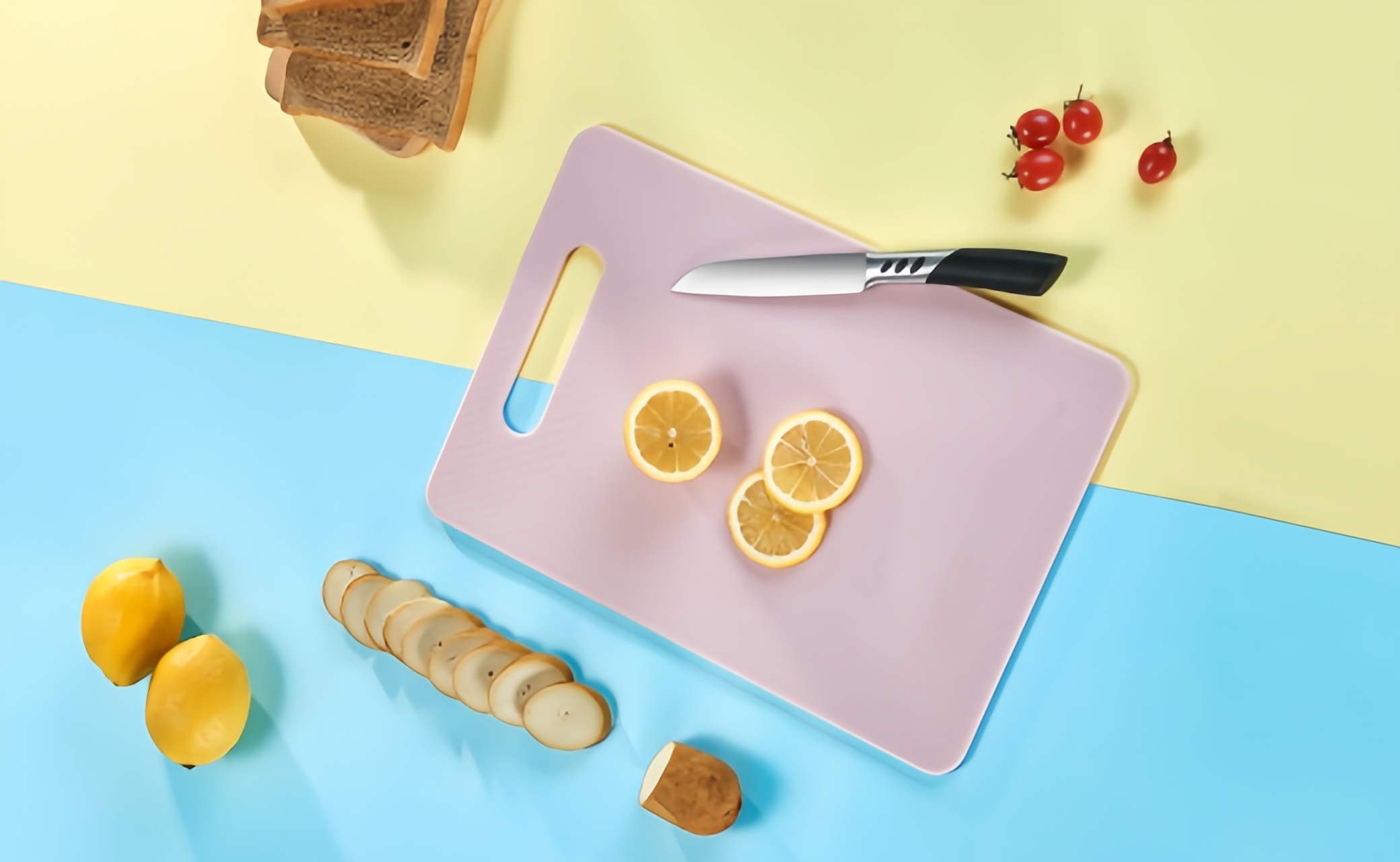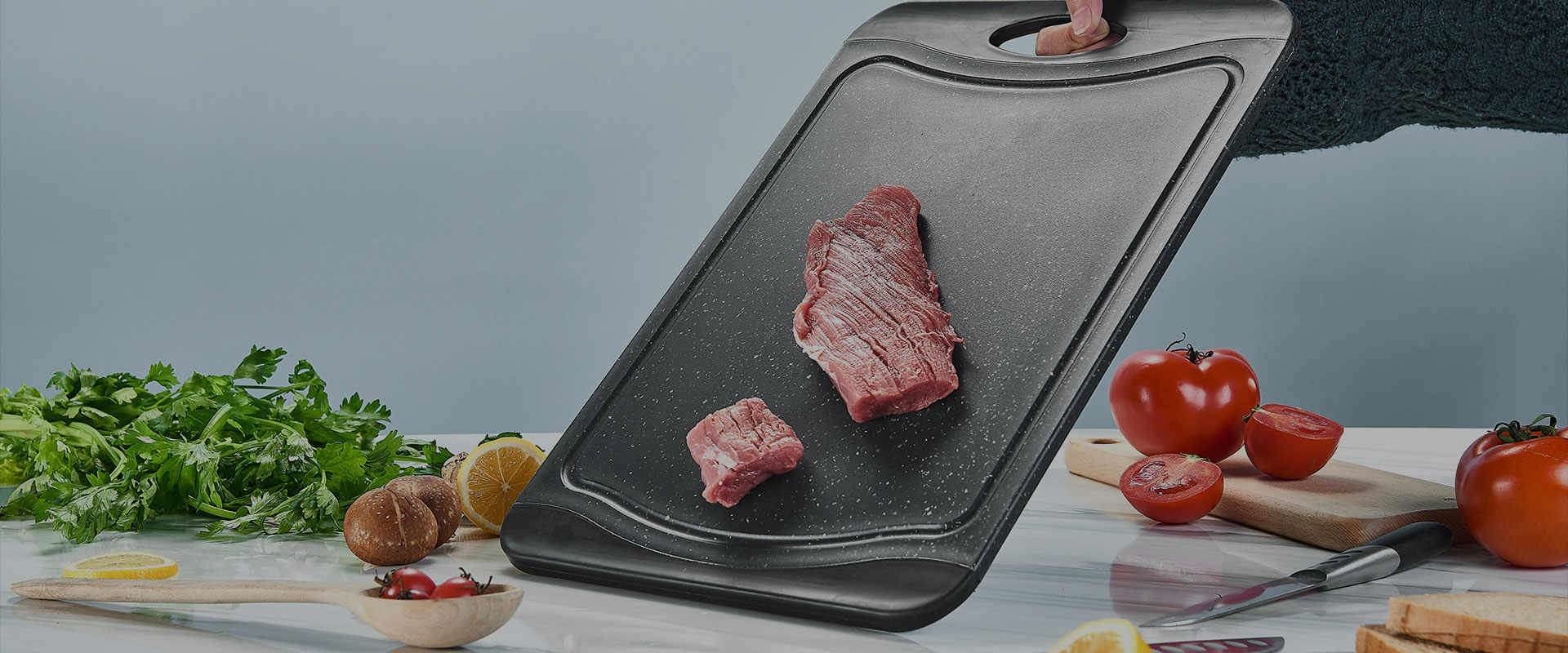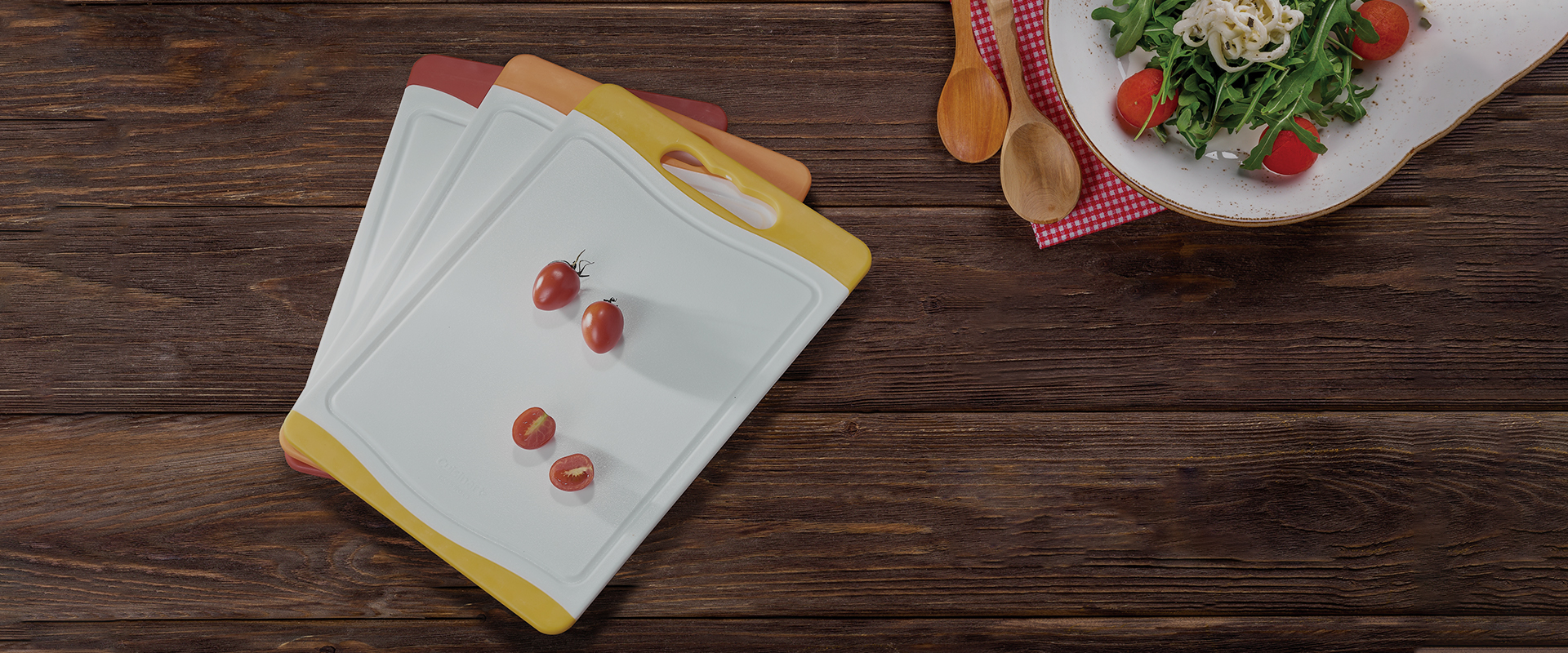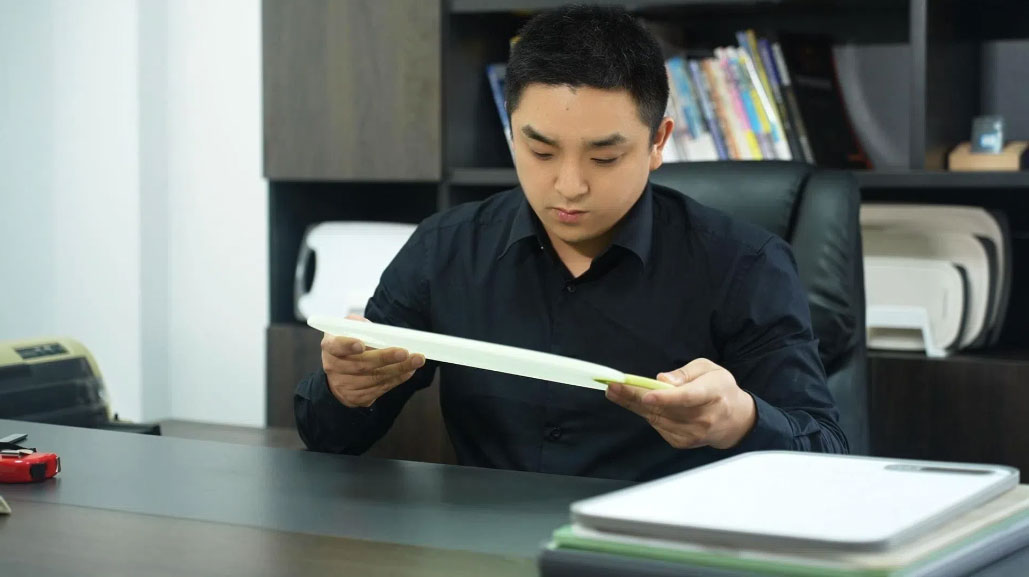precision milled factory direct prep board
 A food prep surface operates as an essential implement within every kitchen. It supplies a reliable and hygienic prep area, and the perfect board boosts your kitchen performance. With a broad selection accessible, selecting a starting point can be confusing. Don't fret — this resource explains core considerations for picking the right board.
A food prep surface operates as an essential implement within every kitchen. It supplies a reliable and hygienic prep area, and the perfect board boosts your kitchen performance. With a broad selection accessible, selecting a starting point can be confusing. Don't fret — this resource explains core considerations for picking the right board. Initially, assess the material types available. Standard choices are wooden, bamboo, plastic, and glass surfaces. Each substance presents specific pros and cons. Wood boards last long and resist bacteria naturally yet need consistent oiling. Bamboo is an environmentally friendly, light, and tough choice. Polymer boards are cost-effective and simple to sanitize, yet may blunt blades faster. Glass chopping surfaces handle scratches well and clean easily but can chip and are heavy.
After that, weigh the size that meets your cooking needs. A smaller board is perfect for quick tasks like chopping herbs or garlic, while a larger board offers more space for slicing vegetables or prepping for a meal. Also evaluate the counter surface area you can spare.

Finally, don't forget about design. A fashionable cutting board adds flair to your decor. Choose a board that fits your decor and individual preferences.
Plastic, Wood, or Silicone: Choosing the Best Board
Board selection often triggers debate among plastic, wood, and bamboo supporters. Every option carries distinct perks, creating a tricky choice for cooks at home. Plastic prep boards emphasize long life and ease of cleaning; wooden boards offer a classic look and can be sanded and restored. In summary, the final decision depends on your cooking practices.
Consider factors such as frequency of use, type of cutting tasks, and personal preference when making your decision.
- Plastic cutting surfaces usually offer lower weight and price than wood counterparts
- Wooden cutting slabs usually have appealing appearance and longer lifespan with upkeep
- Silicone chopping surfaces excel at flexibility and resisting stains yet may be less durable than plastic or timber
Top 5 Cutting Boards for Kitchen Champions
If you’re a kitchen master, you understand a top board is necessary. It acts as your culinary work center for veggies, meats, and more. However, given many choices, picking the right board may be hard. Don’t worry, food lovers — we researched and listed five top boards to boost your culinary skills.
- Primary pick on our list is...
- Second choice is...
- And is...
- Consider also is...
- Our final pick is...
Keeping Your Board Hygienic: A Guide
A prep board is a key tool but needs correct care to ensure safety and long service. Persistent cleaning curbs cross-contamination by bacteria.
Follow these straightforward tips to preserve your board in peak condition:
- Rinse the board in hot, soapy water after every use.
- Disinfect the board with a mild bleach mix or a food-safe disinfectant.
- Completely dry the board before placing it in storage.
- Place the cutting board in an airy storage spot to stave off dampness.

Mastering Knife Sharpening on Your Cutting Surface
On a cutting board, achieving a razor-sharp edge involves more than just random swipes. It's a methodical dance between pressure and angle. Begin by finding the ideal position for your sharpening tool—typically resting at a consistent degree against the blade's edge. Continue by running the sharpener along the knife while keeping the angle steady. Note that controlled, deliberate movement beats brute strength when sharpening. While stroking the blade, you’ll perceive it getting smoother and catching less. Adjust technique and pressure until you land on what suits your knife and sharpening gear. When perfected, the keen edge will slice smoothly and improve your food prep enjoyment.
Building Boards for Culinary Artisanship
The spotlight falls on Boardcraft Essentials, a well-known maker specializing in fine cutting boards. With deep experience, they transform raw wood into functional, stylish cutting boards. Their dedication to excellence appears in selecting sustainably sourced wood and applying time-honored construction methods.
Each board is distinct and displays the organic beauty of its timber grain. They stock various styles and sizes for every requirement—from small prep boards to substantial butcher blocks.
- Moreover, Artisan Block Co. supplies accessories such as elegant knife blocks and board oils to preserve your board’s longevity.
- If your goal is a durable, high-quality board to cherish, Artisan Block Co. offers excellent options.
Tough and Stylish: Current Cutting Board Trends
Raise both kitchen design and performance with contemporary cutting boards. Gone are the days of plain, bulky boards; today's offerings boast innovative materials and shapes that seamlessly blend into any culinary space. Made from sturdy woods such as walnut or maple, these boards endure daily use and add elegance to counters. From rectangular classics to contemporary geometric designs, there’s a board for every style.
- Choose from a variety of finishes to complement your kitchen decor.
- Opt for boards featuring integrated juice channels to aid cleanup.
- Buy a high-quality board designed to endure for many years.
Sustainable Choices: Eco-Friendly Cutting Boards
When deciding on a cutting surface, think about its environmental impact. Green boards are manufactured using bamboo, sustainably sourced wood, or recycled plastics. These options shrink your ecological footprint and back the earth’s longevity.
- Opt for bamboo, a rapidly renewable and resilient material.
- Choose wood that’s harvested from sustainable forest management.
- Think about boards made of reclaimed plastic to divert waste from landfills.

Prevent Stains: How to Choose the Right Material
The material you pick is crucial for a cutting board. A robust, stain-deflecting surface simplifies kitchen cleanup. Wood boards appear classic but can hold odors and stains. Bamboo hits a balance between sturdiness and natural antimicrobial behavior. Plastic is affordable, but it can scratch easily. Glass cutting slabs are attractive but can crack or break. Choose the board aligned with your needs and kitchen preferences.
Reducing Board Accidents: Safety Measures
A well-preserved cutting board promotes safe food handling. Always apply sanitation routines to boards before and after use. Maintain different boards for raw animal products to prevent cross-contamination. Don’t cut at the rim of the board as it may damage the surface and trap bacteria. If deep cuts or splits appear, it’s time to discard and replace the board.
- Always cut on a steady prep surface.
- Keep knives sharp to reduce the risk of slipping.
- Thoroughly wash hands with soap and water after touching raw ingredients.
Improve Kitchen Performance with a Quality Board
A premium cutting surface transcends simple veggie chopping. It acts as an investment to uplift your culinary endeavors. Crafted from durable and attractive materials like hardwood or bamboo, these boards are built to last. Their even surfaces supply a steady platform for precision cutting and their designs enhance kitchen decor.
- A top-tier board boosts the accuracy of your knife work.
- Shield your counters against scratches and harm.
- Showcase your culinary skills with a beautiful and functional piece.
